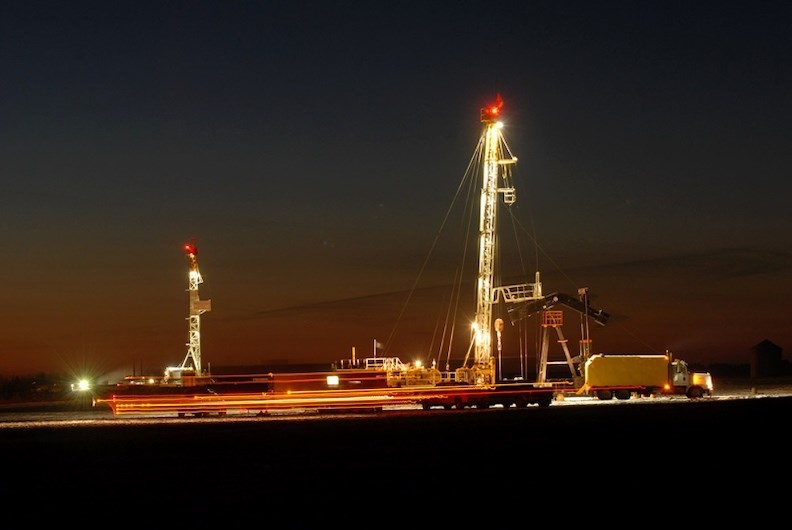Saskatchewan’s oil production has rebounded halfway back from its pre-COVID-19 production levels.
Saskatchewan Minister of Energy and Resources Bronwyn Eyre took part in the Canadian Association of Oilwell Drilling Contractors State of the Industry last week.
Speaking by Zoom from Saskatoon, Eyre noted Saskatchewan announced its Accelerated Site Closure Program in the spring, initially issuing more than $35 million in work packages. That was part of the $400 million allocation from the federal government, which she called “an important lifeline.
“The whole goal, from our perspective here in Saskatchewan was to get the money out the door quickly, efficiently, and Sask. first. The RFP (request for proposals) process opened June 15, and the first $100 million of that first tranche of funding was allocated to about 200 eligible oil and gas operators about 10 days later,” Eyre said.
“That allocation was important, because eligible licensees needed the certainty to know the amount they were eligible for going forward. Overall, it looks as if 2,000 jobs in the sector will be supported by this program in Saskatchewan, and work has been underway in every oil and gas region in this province.”
Regarding oil production, Eyre said, “September saw Saskatchewan producing 434,000 barrels per day, which was up from a low of 361,000 in May, but still below the 502,000 when COVID hit in March.
“Overall, 815 wells have been drilled in Saskatchewan this year, which is down over 40 per cent compared to the same period last year,” she said.
“That said, over 50 per cent of shut-in production has come back online, so hope springs eternal.”
In its annual forecast for the coming year, released November 18, the Canadian Association of Oilwell Drilling Contractors (CAODC) is projecting 3,771 wells drilled in 2021, a 14 per cent increase of 475 from 2020.
CAODC president and CEO Mark Scholz said by phone from Calgary that historically Alberta accounts for 65 per cent, Saskatchewan gets 25 per cent, and the remaining 10 per cent is split between British Columbia and Manitoba.



